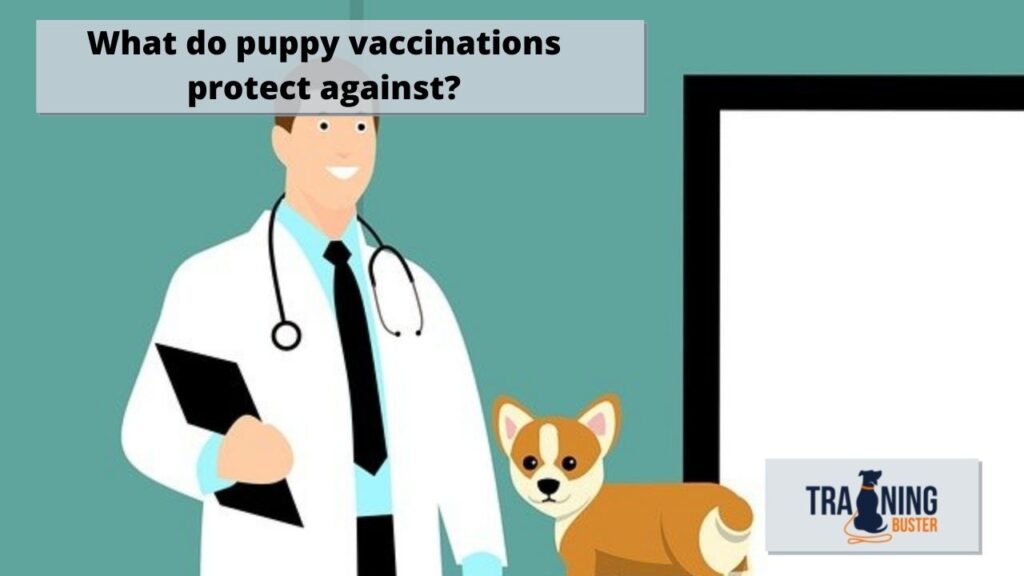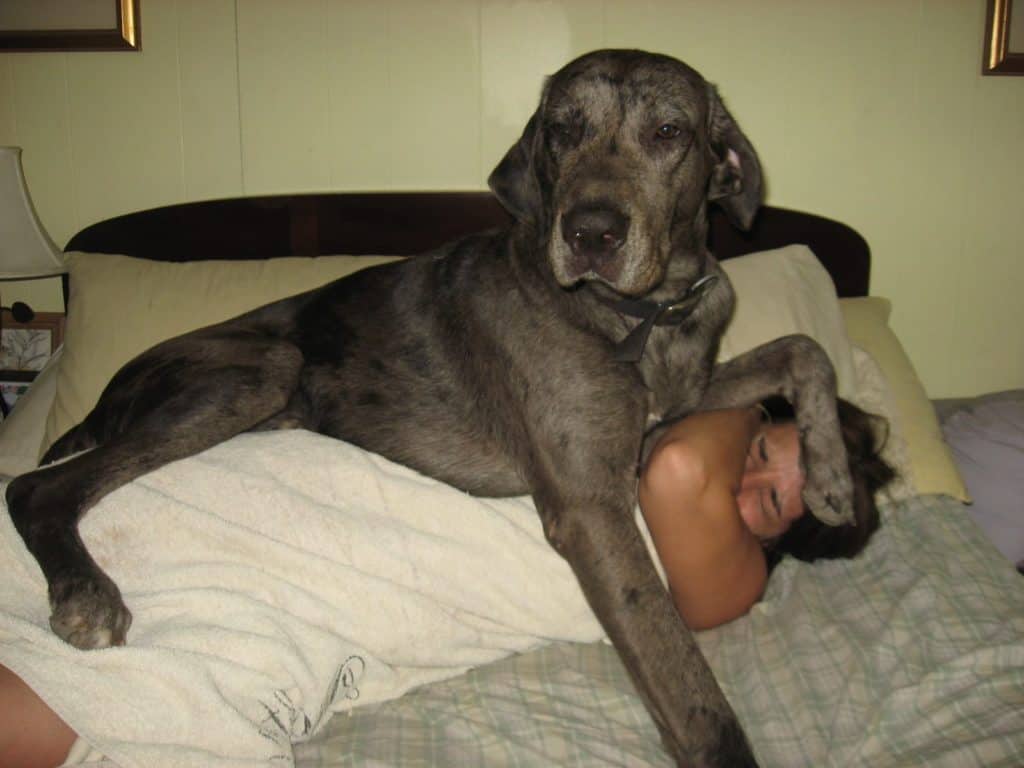
Adopting a puppy is such a joyous and busy time. Taking your puppy to the park, on walks, and trips to the store is so much fun. But there are also plenty of responsibilities associated with caring for your tiny young fluffball, too.
Toilet training, obedience training, choosing the right foods, and going for puppy vaccinations are just a few of the essential things you must do for your young pooch.
But what do puppy vaccinations protect against? Which vaccinations does your puppy need, and how often do dogs need boosters?
What illnesses do puppy vaccinations cover?
Your puppy’s first vaccinations will protect against the most dangerous diseases that can affect a dog – parvovirus, canine infectious hepatitis, distemper, and rabies. Vaccinations against these diseases are considered the “core” vaccines and are usually given together in the DA2P shot.
Then, depending on where you live and what your pup’s lifestyle will be like, the vet may also offer your puppy further vaccines, such as a vaccination against Lyme disease, leptospirosis, or canine influenza.
How protected are puppies after first shots?
Your puppy will probably get their first vaccinations when they are between 6 to 8 weeks old. However, even before your puppy had a single vaccine, their mother provided disease-fighting antibodies in her milk. There are often so many antibodies that it’s not known whether early vaccinations are needed!
Later on, your puppy will get booster vaccines when they’re 3 to 4 weeks old and again at 16 to 17 weeks, with some puppies requiring another booster at 20 weeks.
The amount of protection your puppy will get after their first shot varies with how old they were at the time, as well as how many littermates they had, how long their mother nursed them, and what level of immunity their mother had.
But don’t worry – your puppy’s booster vaccines will continue to top up their immunity throughout their first year until they are fully protected.
Can puppies be carried outside before vaccinations?
Before their vaccinations, though they inherit some immunity from their mother, puppies have very little protection from diseases other dogs and animals may carry. Even going outside and sniffing around poses a risk.
But with early socialization so important, finding a way for your puppy to begin to explore the world safely is imperative. Thankfully, carrying your unvaccinated puppy goes a long way in reducing the risk of the world. Simply pop your pooch into a sling or bag carrier, or even just take them in your arms and explore anywhere and everywhere!
Potentially unvaccinated animals such as birds, cats, horses, and even cows are completely safe for your puppy to get up close and personal with (though not too close!). You can bring your pooch to (carefully) play with a friend’s pets but not unvaccinated dogs.
Vehicles are another fearsome beast that your puppy should get up close and personal with at a young age. 49% of dog owners say that their puppies fear loud noises, such as buses and trains. When your puppy is older, you’ll want them to behave around trains and buses for their safety.
So, regularly carrying your dog to the bus stop or train station, even if you don’t hop aboard, is a brilliant idea.
Do puppies need 3 vaccinations?
As we touched upon, your puppy will need different vaccinations depending on where they live and how their lifestyle is. So, this means that while some dogs merely need the core DA2P vaccination, other pooches require 3, 4, or even 5 shots to get the immunity they need to live well.
When your puppy is 6 to 8 weeks old, their first vaccinations will undoubtedly feature the DA2P shot. This important core vaccine guards your pup against parvo, adenovirus (canine infectious hepatitis), and distemper.
The DA2P vaccine is sometimes simply called the distemper or parvo shot. Some puppies get the DA2PP shot instead. This is a slightly different vaccine that protects against parainfluenza as well.
Along with this first core vaccination, your vet may offer the bordetella or “kennel cough” vaccine. This shot can be administered through an injection, orally, or intra-nasally. Your vet may also offer the canine influenza virus (dog flu) vaccine, especially if your puppy goes to puppy classes or participates in sports.
So, yes – many puppies do need 3 or even 4 vaccinations!
Can I take my 8 weeks old puppy outside to pee?
When your puppy is still getting their first vaccinations, there are some periods in which they don’t have much immunity. Sure, your puppy is born with a certain amount of immunity, thanks to its mother. But just after your puppy’s first vaccinations, you need to keep your pup away from other dogs until they have sufficient immunity.
Most puppies are entirely immune and ready to go outside and play with other dogs at the park at around 16 weeks old. However, you should ask your vet about your own puppy’s schedule, as your pooch may have been given their vaccinations at a different time, or may take longer to develop immunity.
Of course, early potty training is important. You’ll also want your puppy to get some early socialization with other dogs and people, too. Your puppy can go outside during this early period, as long as you take precautions.
Don’t take your puppy to very busy dog-friendly parks and other areas. When you take your puppy for walks, keep a close eye on them, and don’t let your pup sniff dog and other animal feces – even fox feces can carry disease. Get in touch with the owners in your neighborhood and check that their dogs are current on their vaccines. Make sure other dogs in your household are current too.
If possible, take your young puppy to pee in a secure, fenced yard. Vaccinated dogs are okay to play and socialize around, but make sure you’re certain the dog is fully vaccinated.
How else can I protect my puppy before they’re immune?
Just because your puppy isn’t yet completely immune doesn’t mean they can’t live their life.
When you take your pooch for their vaccinations, carry them. Though your vet tries their best to keep the floor clean at all times, an overexcited pooch can easily contaminate the floor and dog rest areas.
With early socialization so paramount, you may want to bring your puppy along to dog-friendly stores or puppy classes. But once again, carry your puppy when indoors in public. You could put your puppy in a cart or use a bag. Your puppy can still see and observe other dogs but won’t have direct contact with them this way.


